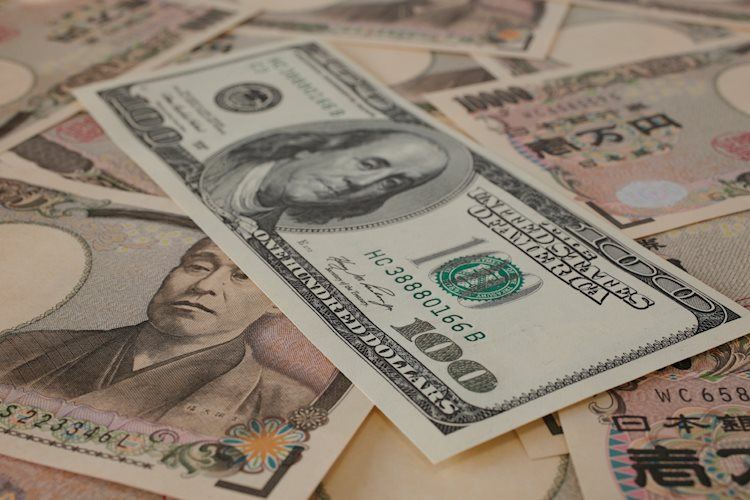The USD/JPY pair softened to near 150.05 despite a stronger US dollar in Friday’s Asian session. Japan’s Consumer Price Index (CPI) dropped from 3.0% to 2.5% in September. The upbeat US economic data has strengthened the case for a 25 bps Fed rate cut. Investors are keeping an eye on US Building Permits and Housing Starts, as well as speeches by Federal Reserve officials later in the day.
The slowdown in Japan’s CPI inflation might have a limited impact on the Bank of Japan’s policy path. The BoJ Governor Kazuo Ueda stated that the central bank will continue to raise rates if inflation remains on track to hit the 2% target. The BoJ is expected to hold the benchmark rate steady on October 31. The stronger-than-expected US September Retail sales indicate a strong growth pace in the US economy, which could cap the downside for the US Dollar.
The Japanese Yen is influenced by various factors such as the performance of the Japanese economy, the Bank of Japan’s policy, the differential between Japanese and US bond yields, and risk sentiment among traders. The BoJ has intervened in currency markets at times to lower the value of the Yen, although it does so cautiously due to political concerns. The BoJ’s ultra-loose monetary policy between 2013 and 2024 caused the Yen to depreciate, but the gradual unwinding of this policy has provided support to the Yen in recent times.
The BoJ’s stance of sticking to ultra-loose monetary policy has created a policy divergence with other central banks, particularly the US Federal Reserve. This has favored the US Dollar against the Japanese Yen, but the BoJ’s decision to gradually abandon the ultra-loose policy has narrowed the differential between US and Japanese bond yields. The Japanese Yen is often seen as a safe-haven investment, meaning that investors tend to flock to the currency during times of market stress due to its perceived reliability and stability.
In summary, the USD/JPY pair is trading lower despite a stronger US dollar, with Japan’s CPI inflation dropping in September. The BoJ is expected to maintain its policy path despite the slowdown in price gains. The US economy’s strong growth pace in the third quarter might limit the downside for the US Dollar. Factors such as the BoJ’s policy, US economic data, and market sentiment will continue to influence the USD/JPY pair in the near term.





















